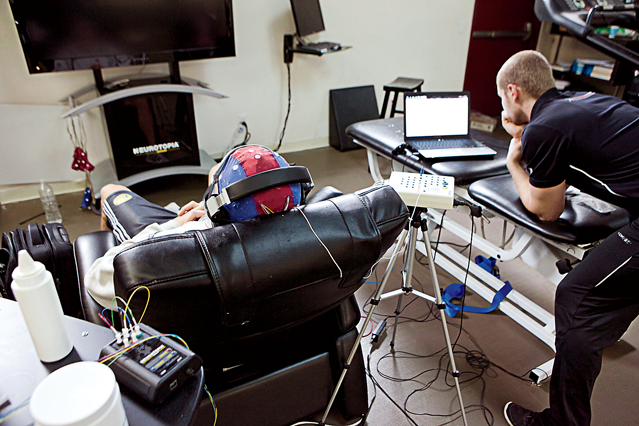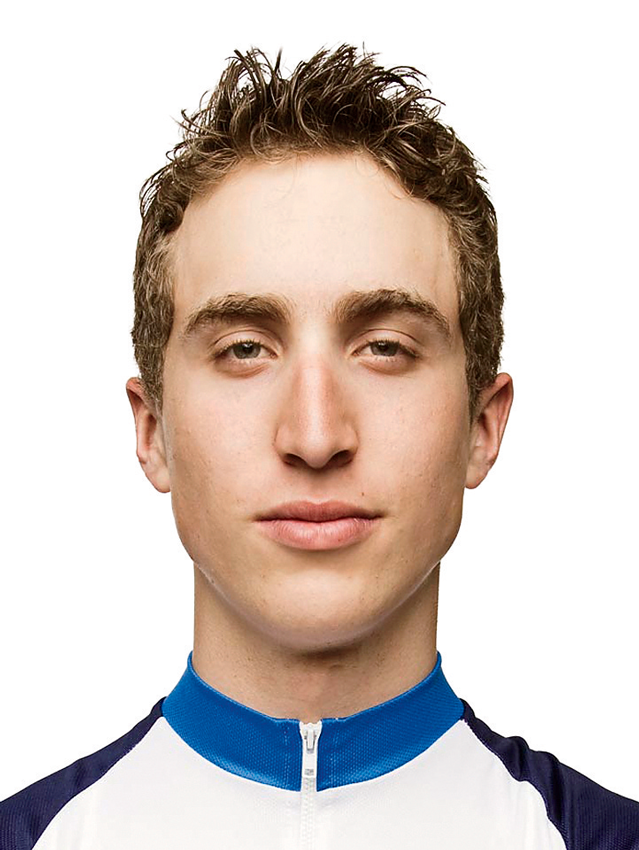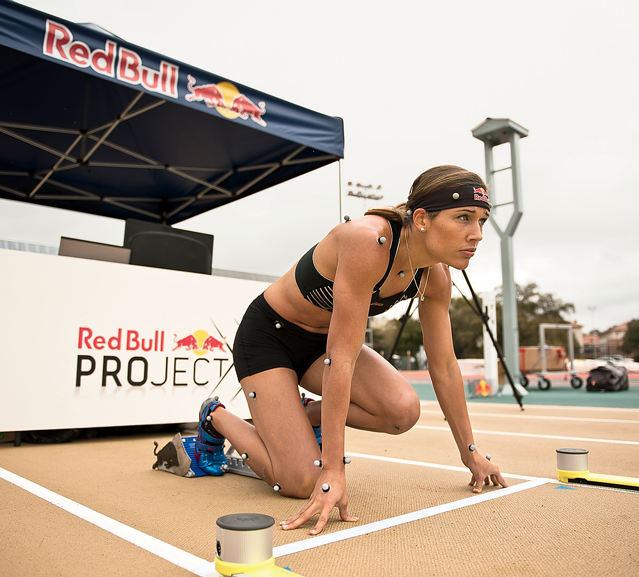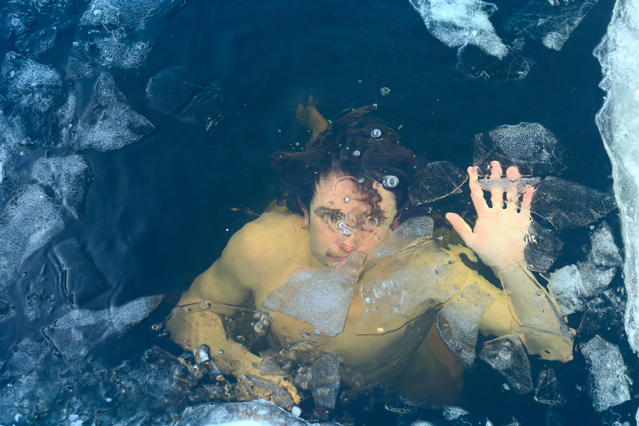Would you take a 160-degree sauna after a brutal training ride? Attach electrodes to monitor your brain waves? Run while being scrutinized by a high-speed camera? These three athletes are trying it out, all in the name of edging out the competition.
Innovative Olympic Training Techniques: John Mann
An innovative new game aims to eliminate stress in athletes’ brains

Six months ago, U.S. water polo team center John Mann sat down in a recliner in Santa Barbara, California, and started playing video games. His objective was simple: win a simulated car race. But there was nothing in Mann’s hands—no keypad, joystick, or anything else to control his virtual car. Instead he wore electrodes on his head, which were wired to a brain-wave monitor attached to a game console. “I drove the car with my mind,” says Mann, 27.
It works like this: Though the car turns on a predetermined path, the emotions of the person playing the game, which are recorded on the brain-wave monitor, control the vehicle’s speed. If the car gets in trouble and the player feels stressed, his brain waves speed up—and the car slows down. After a while, the player learns to stay calm under pressure.
The game is being used by to change the way an athlete’s brain works. “When we’re anxious, the neurotransmitters in our brains send off electric impulses that prevent us from doing anything to our full potential,” says founder Marcus Elliot. “Athletes who play the game learn to control the electrophysiology of their brains.”
Elliot, who developed the gaming unit with West Lake Village, California-based Neurotopia in 2009, has worked with the U.S. water polo and volleyball teams. And, at least for Mann, it has helped: pregame jitters used to drain his energy and render him nearly useless by the end of a match. Now he says the video-game training has calmed him like never before. “It helps you let go of the things you can’t control. And that makes me play better.”
Men’s water polo, August 12, 9:50 a.m. EDT
Innovative Olympic Training Techniques: Taylor Phinney
The U.S. cycling prodigy chases his training rides with an unusual cool-down: 20 minutes in a sauna

Recently, 22-year-old U.S. cycling phenom has been chasing his training rides with a 20-minute broil in a 160-degree sauna—a torturous practice intended to force the body to release an antidiuretic hormone. In response, Phinney produces more plasma, which allows for better water retention and increases oxygen flow to damaged tissues. In theory, the saunas should boost oxygenation of his muscles and organs—an effect similar to that produced by blood doping. Will it work? Who knows: Phinney won’t be tested until before the Games, and once competition starts, he’ll go back to ice treatments to aid recovery. But the anecdotal evidence is compelling: in May, Phinney led the first three stages of the Giro d’Italia before crashing.
Men’s cycling: July 28, 4 a.m. EDT
Innovative Olympic Training Techniques: Lolo Jones
The U.S. hurdler uses high-speed cameras to analyze her every move

To help U.S. hurdler Lolo Jones capture the gold medal she was supposed to win in Beijing, sponsor Red Bull designed a diagnostic tool that requires Jones to attach 39 sensors the size of Ping-Pong balls to various parts of her body, then run while being recorded by a high-speed video camera. Using a proprietary computer program, technicians produce a 3D image of Jones that gives her coach exact data, such as where her center of mass is located during foot strikes. Sixty of Jones’s teammates have already benefited from software developed by Ralph Mann, a former Olympic hurdler and biomechanics Ph.D. By plugging an athlete’s measurements—everything from height to toe size—into the computer, coaches generate a stick-figure model depicting the athlete’s ideal footfalls and body angles. That model is then laid over video of the athlete, whose form is tweaked accordingly. Using the program, sprinter Shalonda Solomon improved her time in the 200 meters by .32 seconds and beat out heavily favored teammate Carmelita Jeter to win the USA Outdoor Championships last year. “When Solomon first started using the program, she had C-minus mechanics,” says Mann. “Now she has A-minus mechanics.”
Women’s 100-meter hurdles: August 7, 4 p.m. EDT


